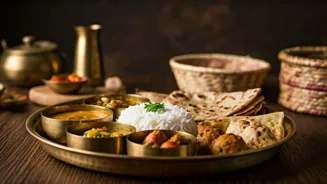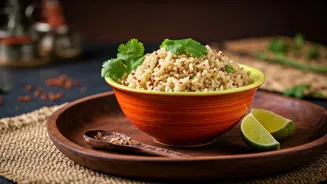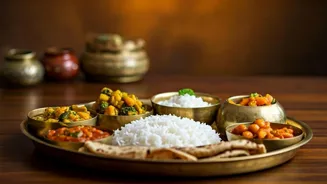What is the story about?
Understanding how often to eat can significantly impact your health. We'll explore different meal frequencies, from the traditional Indian approach to modern eating patterns, helping you find what suits you best.
Indian Food Traditions
The traditional Indian diet often revolves around a 3-meal pattern: breakfast, lunch, and dinner. This approach, rooted in cultural practices and lifestyle, has been a staple for generations. This section considers the cultural context of meal timings, and how that translates to the modern lifestyle.
The Science Behind
Meal timing has a scientific basis, influencing metabolism, energy levels, and even weight management. Regular eating patterns can optimize bodily functions. This section details the impact of meal frequency on health, focusing on the biological processes affected by timing.
Intermittent Fasting Trends
Intermittent fasting and time-restricted eating are gaining popularity. These approaches involve cycling between periods of eating and voluntary fasting. It offers potential benefits like improved metabolic health. However, it is important to acknowledge the nuances.
Adapting For You
Choosing the right meal frequency depends on individual needs, health conditions, and lifestyle. Consider factors like activity levels, work schedules, and personal preferences. A flexible approach that considers your body is a must. Find what best works for you.
Finding The Balance
Combining cultural practices with scientific knowledge can help you achieve optimal health. Remember to prioritize whole, unprocessed foods, along with mindful eating practices. Seek guidance from healthcare professionals to get the best results from your eating patterns.
Do you find this article useful?











